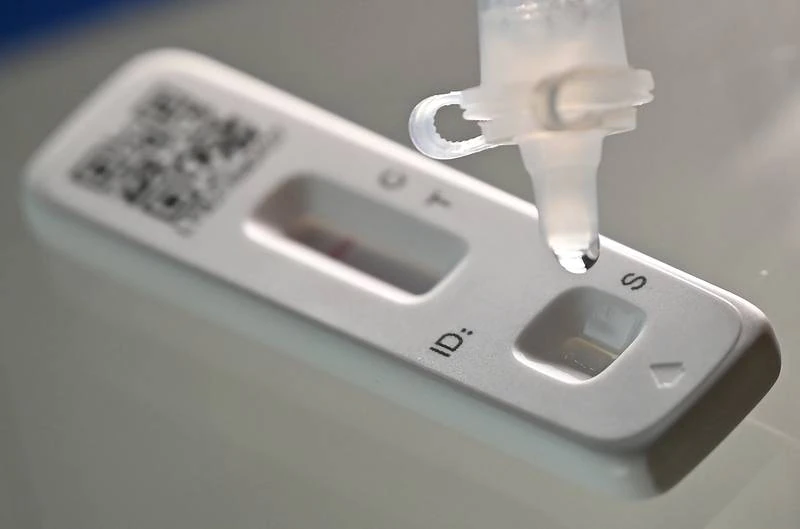Warning given on effectiveness of Covid lateral flow tests

The number of people infected with Covid-19 who were missed by lateral flow testing is substantially higher than thought, University of Birmingham researchers say in a report published in the BMJ.
The authors acknowledge that LFTs are an important tool in controlling the coronavirus pandemic, but say claims that the devices can identify the vast majority of cases have been overstated and can give false reassurance. LFTs have been recommended for widespread use, largely based on predictions made by mathematical models.
While empirical data shows LFTs give a positive result when the virus is present on a swab in high quantities, and therefore can detect people who are likely to be infectious, the proportion missed who are infectious has not been evaluated.
They then compared these with predictions made by influential mathematical models. Their focus was to identify the probability that people are likely to be infectious and that they test negative on Innova.
Their results are based on testing in three settings: symptomatic testing at an NHS Test-and-Trace centre; mass testing in Liverpool in residents without symptoms; and in students at the University of Birmingham.
The analysis predicted that of those with a viral culture positive result, Innova would miss 20 per cent attending an NHS Test-and-Trace centre, 29 per cent without symptoms attending municipal mass testing, and 81 per cent attending university screen testing without symptoms, along with 38 per cent, 47 per cent, and 90 per cent of sources of secondary cases.
By comparison, two mathematical models significantly underestimated the numbers of missed infectious people. One model suggested 8 per cent, 10 per cent, and 32 per cent of cases would be missed in the three settings, while the other assumed no cases would be missed.
Consequences of false negatives is significant
The authors stress that evaluating the accuracy of a test for current infection or infectiousness is challenging owing to the lack of a reference standard, and say there is the potential for error in their estimates. “The findings in this analysis therefore must be taken as illustrative and not exact,” they say.
But they say that this data is “currently the best available and clearly show that missing people with current infection or who are infectious is possible in all settings".
“Allowing for the uncertainties in the results from our analyses, the proportion of people with current infection missed by the Innova LFT is likely to be of public health importance, particularly in settings with greater proportions of infectious people with lower viral loads, where the tests are often being applied,” said lead author Jon Deeks, professor of biostatics at the University of Birmingham.
“Policymakers need to ensure that the public are aware of the risk of being infectious despite testing negative, and that tests are not used in situations where the consequences of false negative results are considerable."
The UK has spent more than £7bn on lateral flow devices since mid-2020 on the proviso they could reduce Covid transmission by up to 90 per cent. Yet there is lack of hard evidence on this promised impact.
The World Health Organisation has cautioned against mass asymptomatic testing because of this evidence shortfall, as well as the high costs and risk of diverting resources from more important activities.
